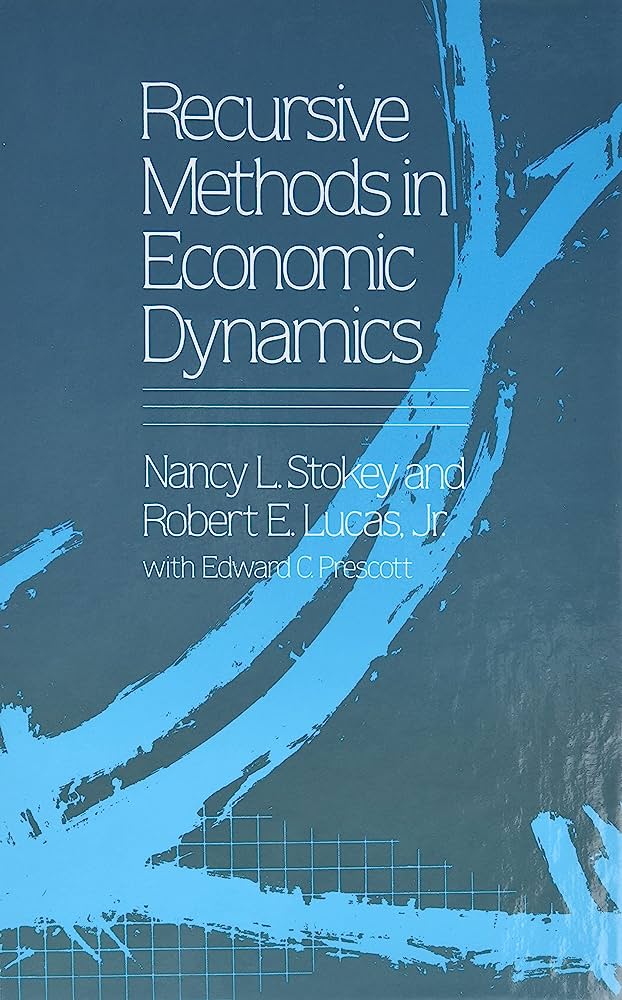Overlapping generations models have become a workhorse in dynamic economics. They prove useful in settings where the problems can be formulated as ones involving multiple generations living together. Note that Lucas’ celebrated 1972 paper entitled ‘Expectations and the neutrality of money’ is also a model of this kind—agents live for two periods, they are young and work in the first part of their lives and consume when they are old and retired. Agents have a special form of utility function according to which they are supposed to optimize labor supply in period one, supposing their consumption streams when old are dependent upon the labor supply of the next generation. Overlapping generations model are very technical and always specific, so there are no generally available strategies to solve them. Our best bet is thus to survey some basic fixed-point arguments by Brouwer and Schauder that can be useful in many situations.

